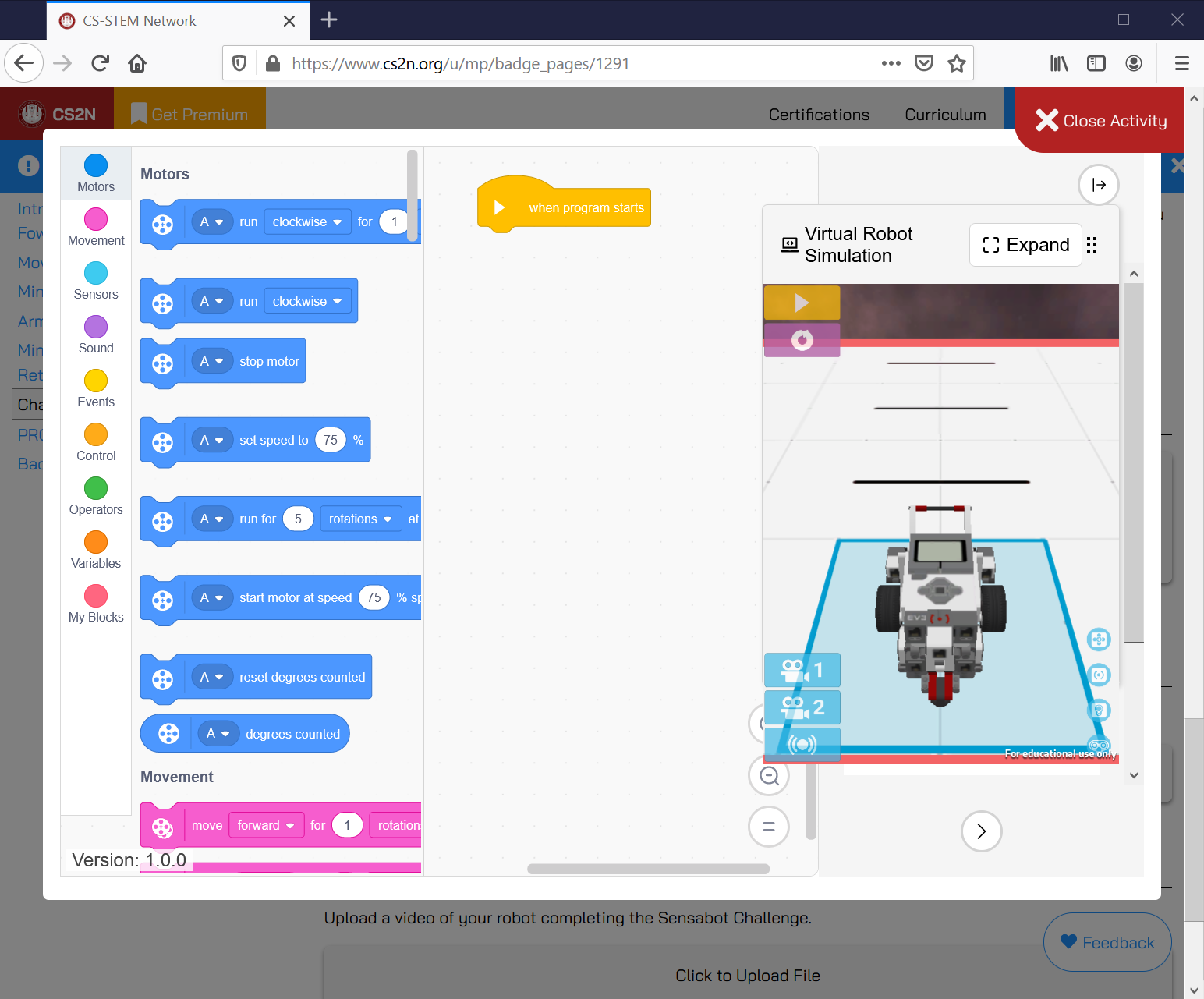

In my ambition to have some small influence over the matter, I took a course in autonomous robot control theory last year, which culminated in my building a Python-based robotic simulator that allowed me to practice control theory on a simple, mobile, programmable robot. robotics developers) and help us build a space utopia filled with plenty. They’re also going to run the world some day, and hopefully, at that time they will take pity on their poor soft fleshy creators (a.k.a. QEV3BotSim can be used as an adjunct to labs based on the physical Bots, or can even be used as a standalone resource for an introductory programming course if funds are not available for purchasing actual physical robots.Ĭlick on the zip file below, then in the Google Drive window that opens, click the small "Download" button that appears in the upper right of that window.- the zip file contains the executable, Quick and Full help files, and folders of sounds and bitmap images mirroring those available on the EV3 itself.Editor's note: On October 16th, 2018, this article was overhauled to work with the latest technologies. All global and local user variables and arrays, as well as relevant built-in EV3 variables and arrays, are displayed during execution.

Users can Run, Halt, Step, Step-Into, Step-Out-Of, Step-Over and RunTo a breakpoint for debugging purposes.

Parse errors and execution-time errors are reported with simple and clear error messages. Once loaded into QEV3BotSim, programs can be tested, and can be easily modified in a syntax-colourized Edit/View window, then recompiled for re-testing. QEV3BotSim allows the user to configure the connection of up to four sensors chosen from the set of eight available sensors mounted on the Bot (see About the Bot). This is a free, educational, real-time Windows TM based graphical simulator that accurately models a QEV3Bot running any RobotC program on one of three chosen walled "PlayFields":ġ) A flat tiled lab floor, with square 1-foot white tiles having back edges.Ģ) An un-tiled floor with a sloped portion up to a mezzanine level (for exercising the 3-axis accelerometer sensor), and with a black floor track (for liine-following).ģ) A user-configurable maze where walls and black floor lines (for line-following) can be placed.


 0 kommentar(er)
0 kommentar(er)
